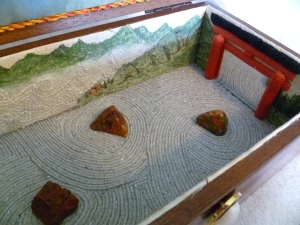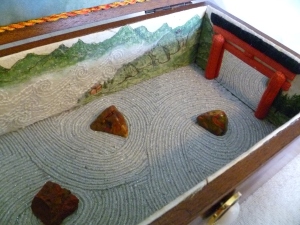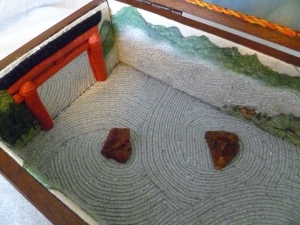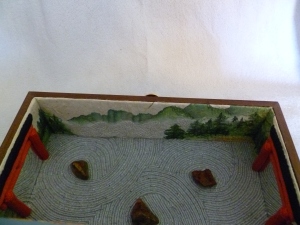During the Victorian era (1837-1901 CE), ribbons were extremely popular. The women of this time loved the intricate woven ribbons that were made possible by the Jacquard looms and used them with abandon. The French and English were using ribbons to decorate household goods and clothing, including hats, shawls, parasols and reticules. Americans also used ribbon in their homes and clothing, but with more restraint. There are a couple of reasons why this was true. Some think it could be a result of early Puritan influences, or perhaps was a manifestation of the common anti-English sentiment of the times, or maybe it was because imported ribbons were expensive and hard to obtain. It is not really clear, but over time the American market has come to appreciate and use all types of ribbon.
were extremely popular. The women of this time loved the intricate woven ribbons that were made possible by the Jacquard looms and used them with abandon. The French and English were using ribbons to decorate household goods and clothing, including hats, shawls, parasols and reticules. Americans also used ribbon in their homes and clothing, but with more restraint. There are a couple of reasons why this was true. Some think it could be a result of early Puritan influences, or perhaps was a manifestation of the common anti-English sentiment of the times, or maybe it was because imported ribbons were expensive and hard to obtain. It is not really clear, but over time the American market has come to appreciate and use all types of ribbon.
One interesting early American experiment was the manufacturing of ribbon by a group in Pennsylvania. The Moldavian School for Girls taught ribbonwork and silk ribbon embroidery to their pupils and decided to make their own silk ribbons. They tried raising silk worms to provide the raw materials needed for the ribbons, but a harsh winter killed all the mulberry trees they had planted. Since mulberry leaves are the only food silk worms can eat, the venture did not last very long.
Pennsylvania. The Moldavian School for Girls taught ribbonwork and silk ribbon embroidery to their pupils and decided to make their own silk ribbons. They tried raising silk worms to provide the raw materials needed for the ribbons, but a harsh winter killed all the mulberry trees they had planted. Since mulberry leaves are the only food silk worms can eat, the venture did not last very long.
While this experiment did not go far, other more commercial interests took up manufacturing ribbon with more success. In 1815 William H. Horstmann opened a plant that manufactured “all sorts of trimmings”, which included ribbons. In 1824 he brought the first Jacquard loom to America.
Modern ribbons are made of materials such as paper, candy, metal, jute and various synthetic materials, as well as traditional fabrics like velvet, silk and lace. Today North America is the largest importer of ribbon in the world. Although we do use ribbons to decorate clothing and household items we use them for a lot more! Ribbons are used for everything from decorating our hair and our gifts, to keeping our money supply safe . Ribbons are used to honor actions and accomplishments, for dancing and in solemn ceremonies, as a sign of approval and quality, and to make statements and carry instructions . We even stitch with them! In the next part of this article I will look at how we came to use ribbon as an embroidery thread.






















